1. Wetterslev J, Jakobsen JC, Gluud C. Trial Sequential Analysis in systematic reviews with meta-analysis. BMC Med Res Methodol. 2017; 17:39.

2. Wetterslev J, Thorlund K, Brok J, Gluud C. Trial sequential analysis may establish when firm evidence is reached in cumulative meta-analysis. J Clin Epidemiol. 2008; 61:64–75.

3. De Cassai A, Boscolo A, Zarantonello F, Piasentini E, Di Gregorio G, Munari M, et al. Serratus anterior plane block for video-assisted thoracoscopic surgery: a meta-analysis of randomised controlled trials. Eur J Anaesthesiol. 2021; 38:106–14.
4. De Cassai A, Boscolo A, Geraldini F, Zarantonello F, Pettenuzzo T, Pasin L, et al. Effect of dexmedetomidine on hemodynamic responses to tracheal intubation: a meta-analysis with meta-regression and trial sequential analysis. J Clin Anesth. 2021; 72:110287.

5. De Cassai A, Pasin L, Boscolo A, Salvagno M, Navalesi P. Trial sequential analysis: plain and simple. Korean J Anesthesiol. 2021; 74:363–5.

6. Ahn E, Kang H. Introduction to systematic review and meta-analysis. Korean J Anesthesiol. 2018; 71:103–12.

7. Kang H. How to understand and conduct evidence-based medicine. Korean J Anesthesiol. 2016; 69:435–45.

8. Oh JH, Shin WJ, Park S, Chung JS. Reporting and methodologic evaluation of meta-analyses published in the anesthesia literature according to AMSTAR and PRISMA checklists: a preliminary study. Korean J Anesthesiol. 2017; 70:446–55.

9. Tantry TP, Karanth H, Shetty PK, Kadam D. Self-learning software tools for data analysis in meta-analysis. Korean J Anesthesiol. 2021; 74:459–61.

10. Kim WO, Kil HK, Shin YS, Ahn AK. Prevention of hemodynamic changes after tracheal intubation. Korean J Anesthesiol. 1991; 24:754–9.
11. Choi GJ, Lee S, Lee JH, Park SG, Kang H. Pharmacological and non-pharmacological intervention for rocuronium-induced withdrawal movement in the Korean population: a meta-analysis of 41 studies including 4,742 subjects. Korean J Anesthesiol. 2014; 66:419–32.

12. Bailey JG, Morgan C, Christie R, Ke J, Kwofie K, Uppal V. Continuous peripheral nerve blocks (CPNBs) compared to thoracic epidurals or multimodal analgesia for midline laparotomy: a systematic review and meta-analysis. Korean J Anesthesiol. 2021; 74:394–408.
13. Min SK, Kim WO, Nam YK, Han SG, Lee SJ, Lee YS. Pharmacological prevention of post-anesthetic shivering: clonidine vs meperidine: a meta-analysis of randomized controlled trials. Korean J Anesthesiol. 1999; 37:63–72.
14. Kim SY, Lee S, Lee Y, Kim H, Kim KM. Effect of single dose preoperative intravenous ibuprofen on postoperative pain and opioid consumption: a systematic review and meta-analysis. Korean J Anesthesiol. 2021; 74:409–21.

15. Kim WO, Koo BN, Kim YK, Kil HK. Ramosetron for the prevention of postoperative nausea and vomiting (PONV): a meta-analysis. Korean J Anesthesiol. 2011; 61:405–12.

16. Kim WO, Song BM, Kil HK. Efficacy and safety of a lidocaine/tetracaine medicated patch or peel for dermatologic procedures: a meta-analysis. Korean J Anesthesiol. 2012; 62:435–40.


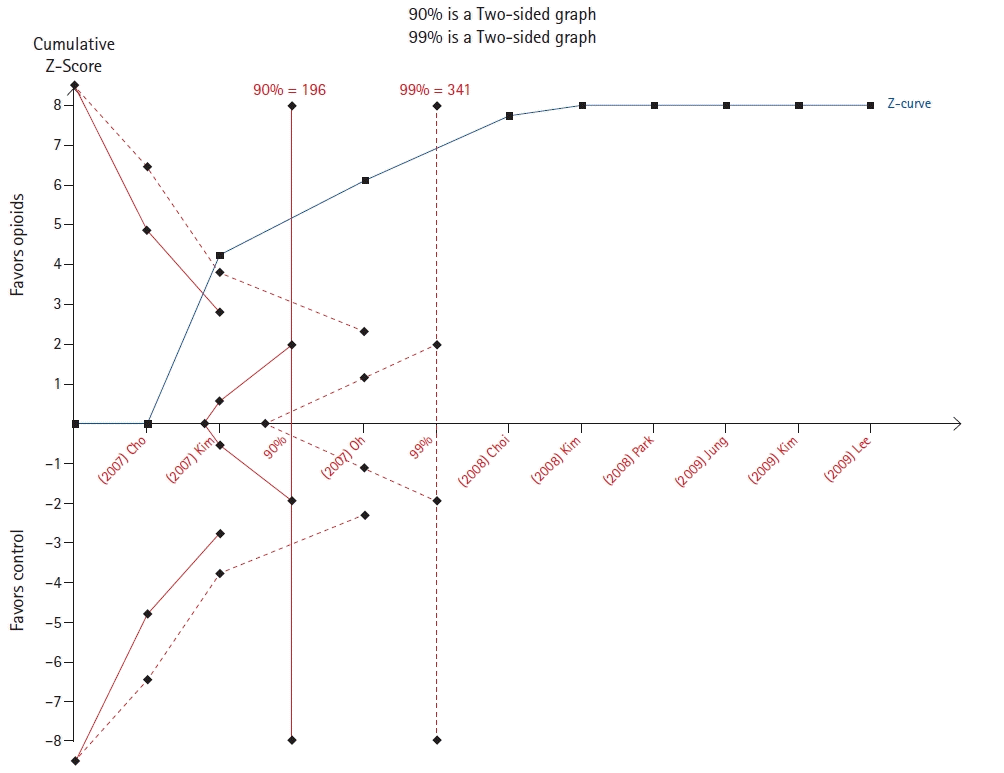
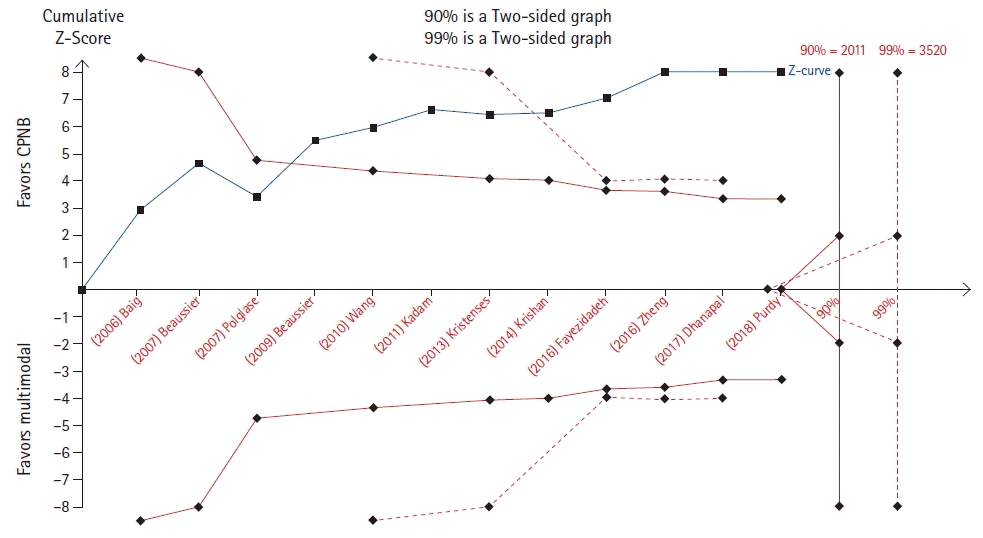

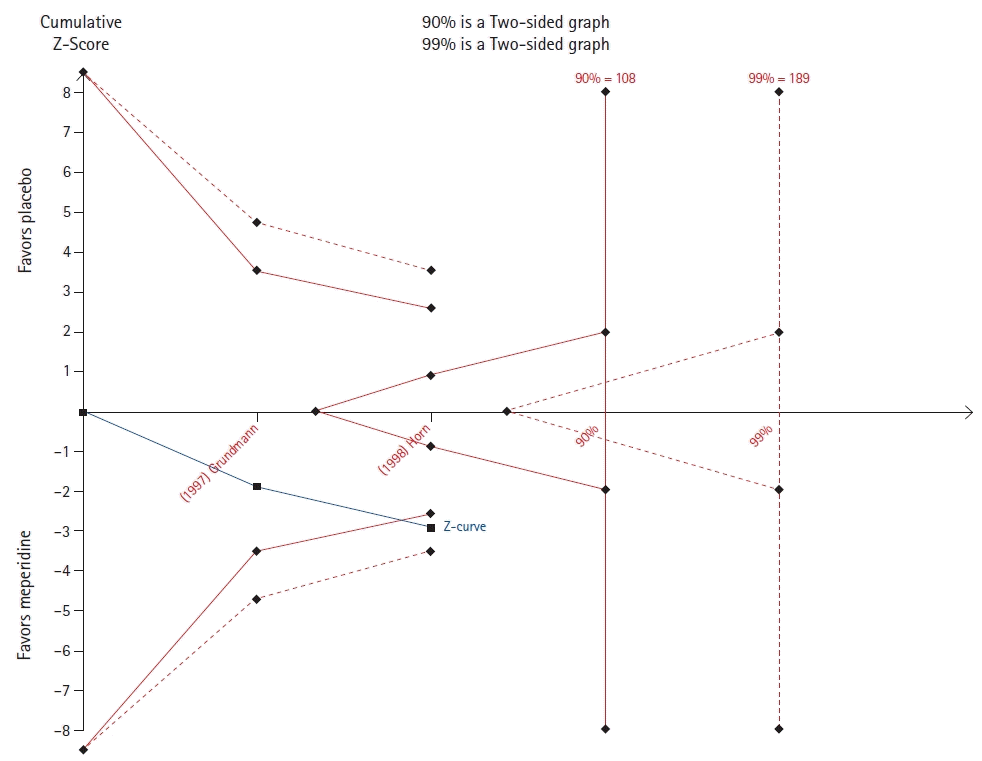
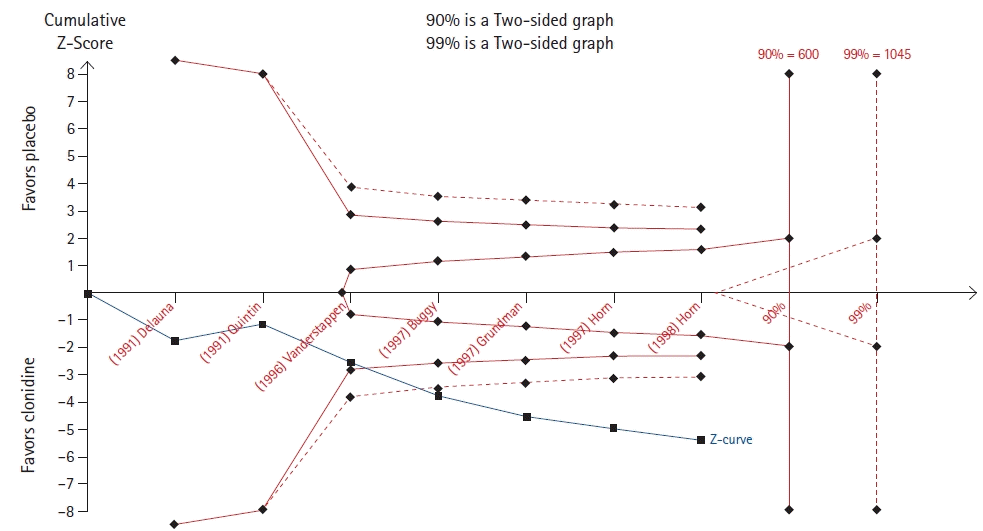
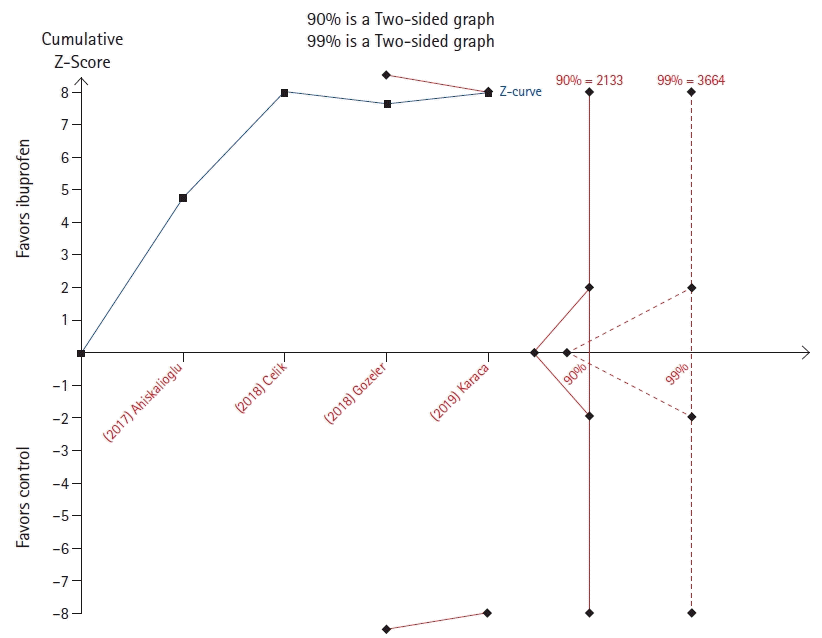
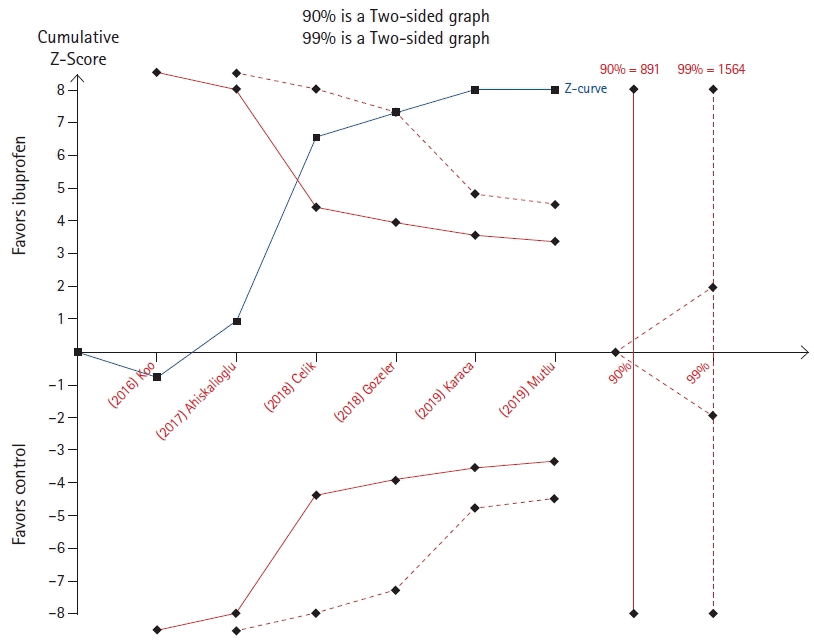

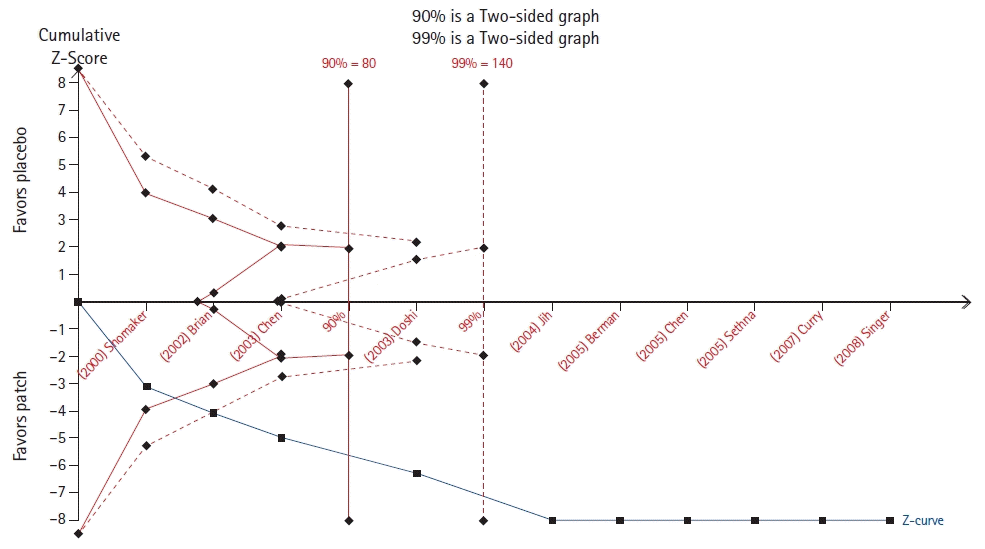




 PDF
PDF Citation
Citation Print
Print



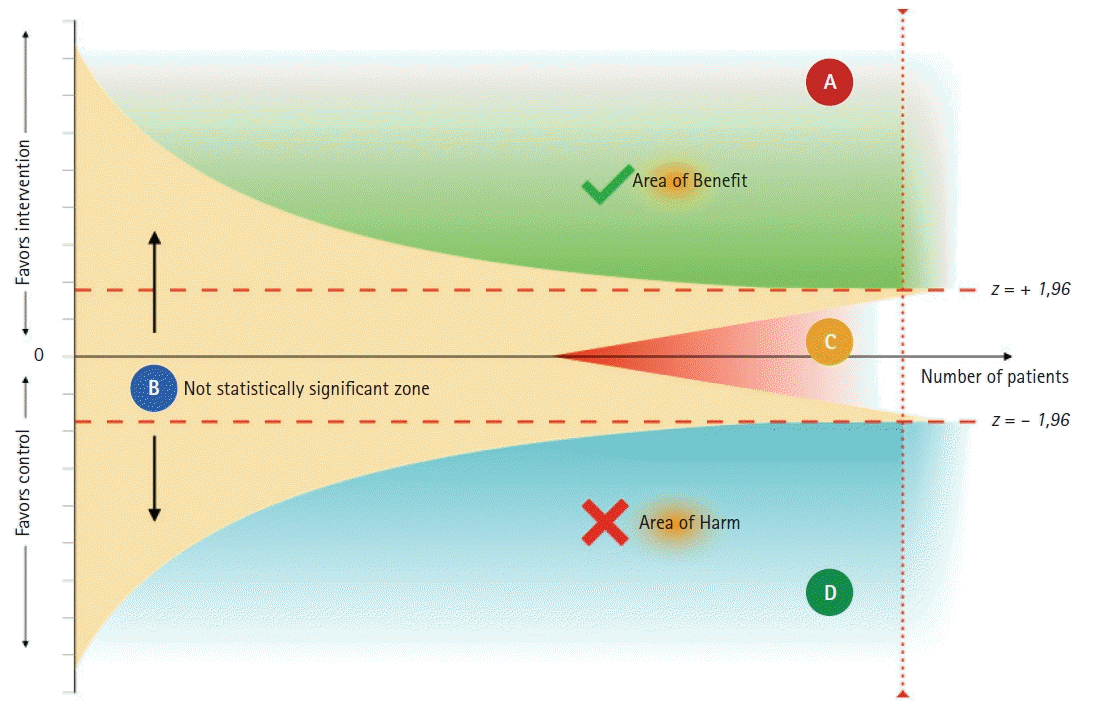
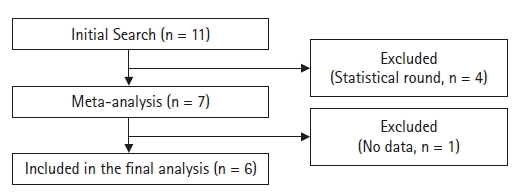
 XML Download
XML Download